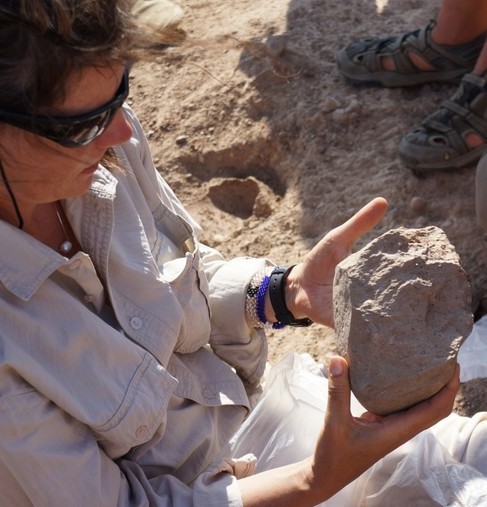Ancient tools pre-date earliest humans
Stone tools were being used 3.3 million years ago by creatures that pre-dated the earliest known ancestors of modern humans, scientists have learned. The discovery, in Kenya, pushes back the origins of the archaeological record by almost a million years. Until now it was thought that stone tool culture began around 2.6 million years ago with the appearance of Homo habilis, or “handy man”, the earliest known member of the human genus family that includes people living today. Tool-making, like fire-making and farming, is considered a key moment in the ascent of humans. The theory is that tools emerged to help hominins - the term for modern and extinct species of humans - butcher animals, unlocking protein that in turn helped the evolution of bigger brains.
The tools we have unearthed are the very first fossil traces of techniques bequeathed by our hominin ancestors 3.3 million years ago.
Dr Sonia Harmand, from Stony Brook University, US
Crafting a tool, by hitting a stone with another stone, requires conceptual and motor skills. Until now, these were thought to be beyond the ape-like hominins who lived before H. habilis, whose “handy man” name comes from his apparent dexterity. The stones were found just above a layer of volcanic ash dated through argon isotopes to about 3.3 million years ago. It came through a stroke of luck, when Harmand and her colleague Jason Lewis went on a scouting trip in July 2011 and got lost. The pair described a strange feeling “that something was special about this particular place.” With the help of a local tribesman, they explored craggy outcrops which yielded the first of these ancient treasures. The haul, described in the journal Nature, comprises 149 artifacts, from stone cores and flakes to rocks used for hammering. It is not yet known who the creators of the the tools were but the scientists say they were surprisingly smart.

World earliest tools